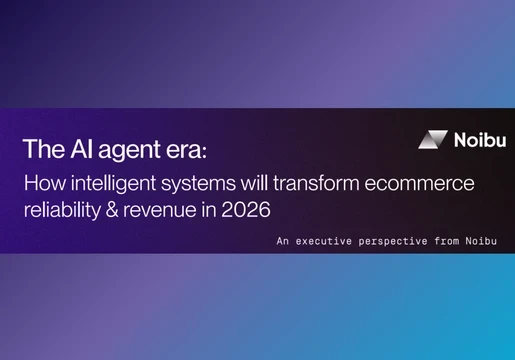Cloud technology dates back to the 1960s but only became entrenched in the IT landscape inthe late 1990s. This shift was propagated mainly by the highly effective marketing strategies of pioneering companies like Salesforce and with the launch of Amazon Web Services (AWS) in 2006.
For over a decade, the resounding answer to any IT challenge, whether storage, scalability, or accessibility to third-party applications, was 'cloud, cloud, cloud.'

Confronting a new technology reality
However, today’s technology reality is a little different. There is a growing tide of healthy scepticism among many CIOs, who question whether cloud is always the answer.
CIOs are reconsidering areas they've previously overlooked. They are also re-thinking the consequences of their past cloud and on-premise choices, increasingly mindful of not burdening the business with expensive, technically painful (and often irreversible) decisions in the future.
While it's rare for the enterprise community to completely depart from the public cloud, manyare withdrawing certain elements and re-evaluating their reliance on cloud services.
This movement is known as cloud or workload repatriation and involves migrating workloads or applications away from public cloud infrastructure to on-premises solutions or alternative cloud providers.
The trend appears to be a small step back from the dominance of the major cloud service providers (CSPs), rather than an indictment of the cloud itself. It also appears to be a response to the ongoing debate and challenges around CSP lock-in and cloud concentration risk, which has prompted many enterprises to consider a multi-cloud approach.
A recent survey by analyst group 451 Research revealed that a striking 54% of enterprises had shifted workloads or data away from the public cloud in the past year, with 36% moving both data and applications. Although only 4% had entirely abandoned the public cloud, nearly a third (27%) had relocated between a quarter and half of all their cloud-based deployments (26%-50%).
A number of concerns fuelled this change, including persistent worries about security and data sovereignty, and concerns around overspending on public cloud services.
One US organisation publicly shared that relocating selected workloads from their chosen CSP had slashed their cloud expenditure by 60%. This decision reduced their bill from $180,000 per month to under $80,000, with an anticipated $10 million savings over the next decade.
Nevertheless, just as it is often unwise to advocate for an all-encompassing 'cloud' strategy, it is equally short-sighted to reject the cloud entirely.
Determining the optimal destination for workloads should be a nuanced, case-by-case decision. Many workloads are still better suited for deployment on cloud infrastructure, especially start-ups or applications characterised by modest volumes and unpredictable growth.
When operations scale up or there's a predictable growth trajectory, deployment choices require more consideration. After conducting a structured price comparison, it may become apparent that specific workloads remain consistent and well-suited for in-house management.
Crafting the right stack for optimal hybrid workload deployment is important for business success. Perhaps now is the time for a paradigm shift. Instead of fixating on 'on-prem first' or 'cloud first', a 'hybrid-first' approach is likely to be the sensible way forward.
New CSP relationships are on the horizon
This new-found flexibility may be advantageous, but making poor initial decisions could inhibit easy bidirectional migration of workloads between on-premise and the cloud.
Having the ability to seamlessly repatriate data or workload from an expensive cloud is important. As is the opportunity to transfer data centre-hosted applications to a Cloud Service Provider if that avenue becomes a better choice in the future.
Selecting an inadequate database could severely curtail business growth by limiting scalability. Choosing a database that locks your organisation into a single deployment choice is similarly a risky move.
Using a proprietary cloud database for a cloud application could make it nearly impossible to transition to an alternative environment, whether private cloud or otherwise.
A 'hybrid-first' strategy solves several challenges for organisations that are able to manage a data centre. However, ensuring that replication of necessary functionalities is possible, regardless of the chosen environment, remains crucial.
There is now a solution that spans both on-premises and cloud environments— scalable, open-source PostgreSQL, such as YugabyteDB, can seamlessly adapt to meet the varying data needs of businesses.
Today's business landscape demands increased IT flexibility and the adoption of the most suitable tools to attain optimal results. This makes an extensive exploration of cloud repatriation long overdue.
It's a timely reminder that companies should avoid committing to proprietary systems when possible, as it's likely to be expensive and time consuming to migrate away from this when business needs evolve. Ultimately, keeping all your IT options open, including your database strategy, makes more business sense.







Comments ( 0 )